The Solar Tree: Harvesting energy
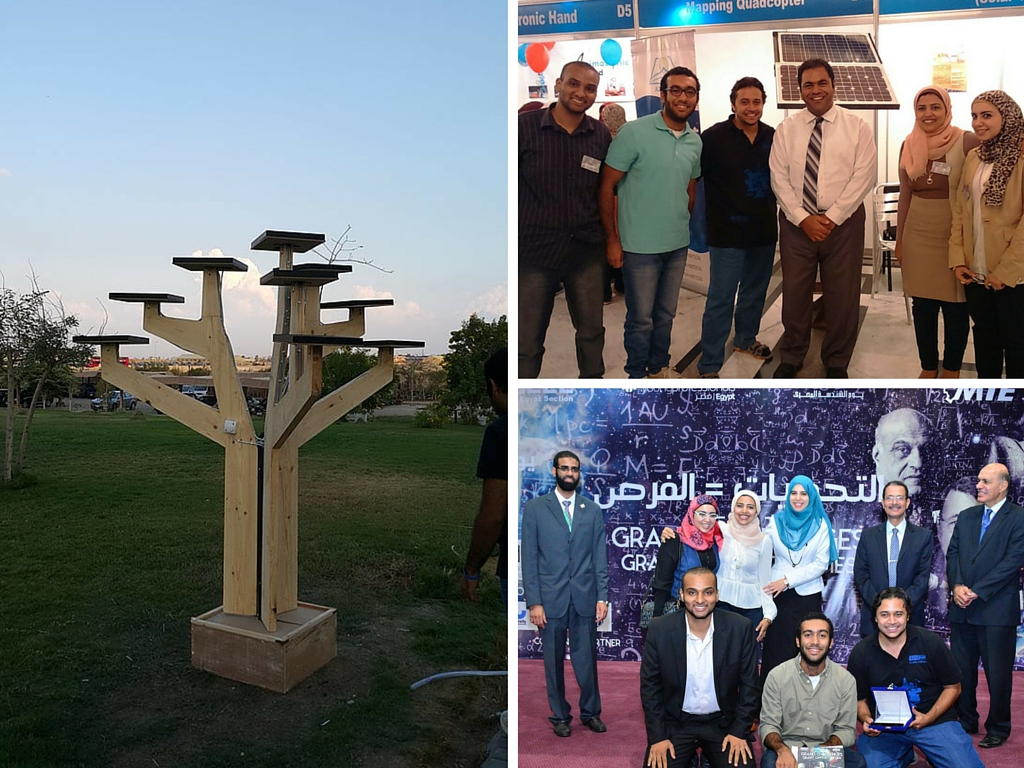
The Solar tree is a combination of engineering and artistic efforts to harvest the solar energy efficiently and utilize the solar cell technology. The project was built by a group of Engineering students from Cairo University, Karim Hesham, Mohammed Abdallah, Mohammed Ismail, Mosaab Hamed, Reem Diaa Aldin, Shimaa Gamal, Waleed Taha and Youmna Zakaria. The project focuses on an energy harvesting system which includes an electronic tracking device to get the maximum peak power out of the PV solar panels.
The name Solar tree" has been used to describe various structures that harvest solar energy with an artistic structure because they are meant to act as a piece of art and a green machine. The project was able to power various portable devices such as laptops and smartphones successfully. The Solar tree is an urban idea that provides eco-innovative attributes with its environmental-friendly concept, cultural, and social viewpoints.
What is the impact of the "Solar tree"?
The project was designed to be situated in public areas, it has a great impact on raising public awareness of renewable energy and green technologies. Additionally, due to the mobile penetration era, the demand for electricity in outdoor areas is increasing. Thus, the Solar tree will provide access to green energy for charging portable devices such as mobiles and computers in different locations. The tree generates free WIFI access, which is a good opportunity to give Egyptians more access to the internet. The team believes that their project will inspire engineering students to start fetching innovative ideas for energy harvesting systems implemented by green concepts.
Challenges
Having rechargeable batteries left in outdoor spaces isn't a common idea among the society. At the beginning, the team faces challenges regarding the mechanical design and the budget. Additionally, the manufacturing and fabrication process wasn't a piece of cake. In order to fabricate an appealing model for the tree, the team had to manufacture it at mass production factories, which wasn't competent with their budget. So they create a smaller prototype with 2 meters height and 2 solar modules of 50 Wp each.
The team had to manufacture every piece of it by themselves to minimize costs. They went on a journey from buying used materials, welding them and even using the carpentry workshop at their university campus. To add more functionality, they bought a Wi-Fi router powered by the harvested energy to provide visitors with free Wi-Fi. The "Free WIFI" sign brought traffic to their booth whenever they exhibited at any competition. The 8 students faced multiple challenges from where to store their solar tree to insufficient funds.
Awards
The team was awarded the first place at the renewable energy competition during the Egyptian Engineering Day (EED) 2015. Additionally, they received a 3-months funding offer from the Information Technology Institution (ITI) to renovate the tree structure to obtain more appealing and reliable design.
Success Factors
"Human capital and belief are the reasons behind any success story", said Kareem Hesham. " Our team believed in their this project and cooperated in the best way. We started why to see opportunities in any situation, not problems," he added. Kareem elaborated that although success is relative, the team is still very proud of their achievements. He believes that projects that solve people's daily challenges and are able to mix between innovation, quality and affordable costs are those who create the real impact.
Say something to young students and entrepreneurs
Try to find solutions on a wider scale solving major problems that are common among large scale of people worldwide. The world is facing a lot of challenges such as water scarcity, air pollution, degradation of resources and lack of food supply. Entrepreneurs have to seek to add value to their target market. Also, study the market needs very well and be very careful to fluctuating consumer behaviors. Remember when landline phones were a dream to a lot of people 30 years ago, now they are disappearing. And finally, "Practice makes perfect" don't expect to make something BIG from the first trial.



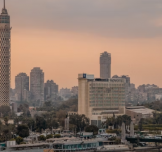

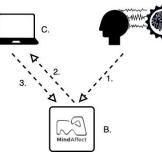


























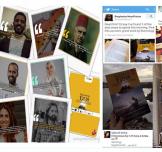















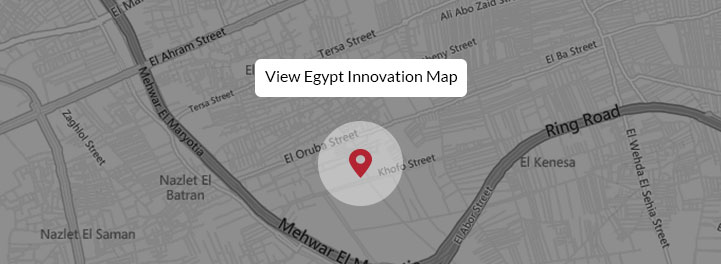





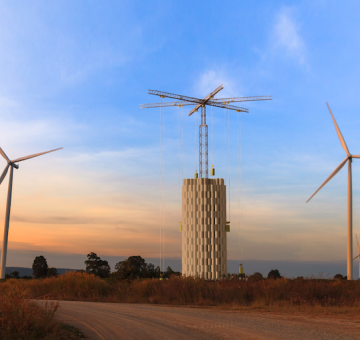







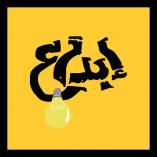







Egypt Innovate site is not responsible for the content of the comments